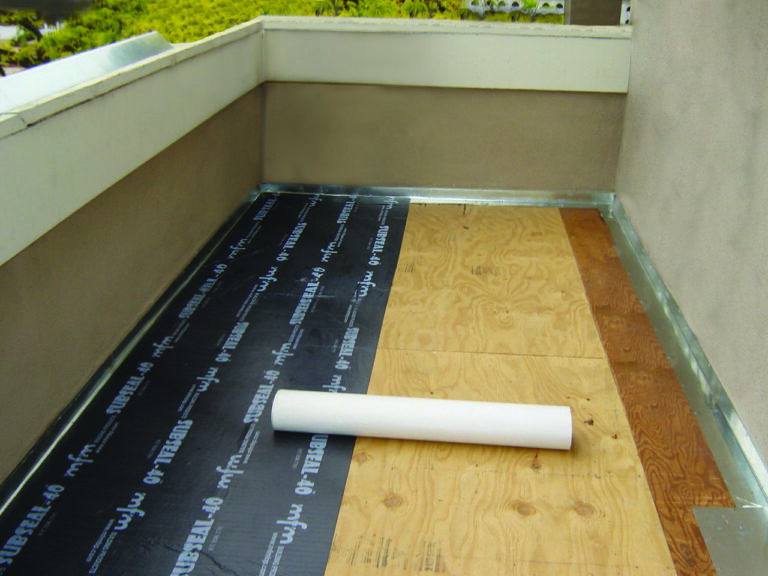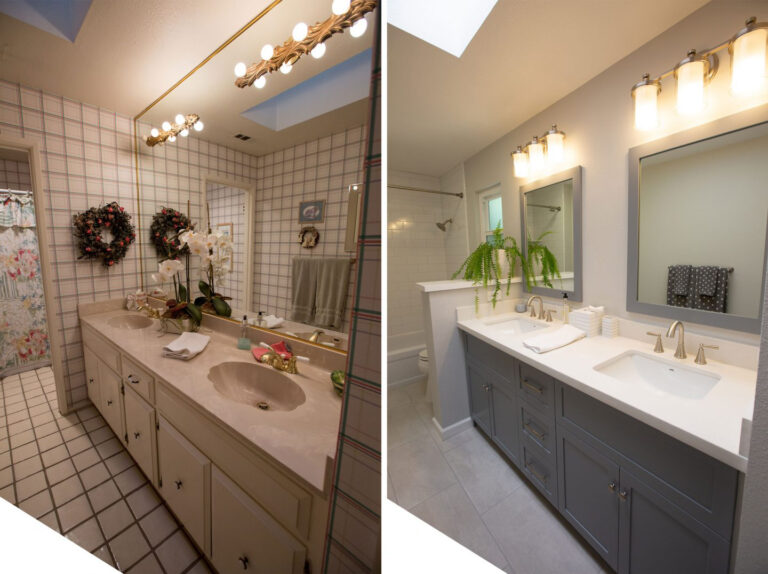Choosing tile for your bathroom may seem simple — until you’re faced with hundreds of options in size, shape, finish, and color. From slip resistance to style, every detail matters, especially in a space exposed to constant moisture.
In this guide, we’ll cover the most important factors to consider when selecting bathroom tile, including materials, finishes, safety, and layout strategies. Whether you’re remodeling a powder room or master bath, these tips will help you make confident, practical decisions.
1. Know the Tile Types
Bathroom tiles come in many materials, each with pros and cons depending on where it’s used — floor, shower, or wall.
| Material | Best For | Pros | Cons |
|---|---|---|---|
| Porcelain | Floor & Shower | Durable, waterproof, low maintenance | Heavier, harder to cut |
| Ceramic | Walls | Affordable, lightweight, easy to install | Less durable than porcelain |
| Natural Stone | Floors, luxury accents | Elegant, unique look | Needs sealing, more expensive |
| Glass Tile | Accent walls | Reflective, modern aesthetic | Slippery, prone to scratches |
2. Prioritize Slip Resistance for Floors
For bathroom floors — especially in the shower area — choose tiles with a matte or textured surface and a high slip resistance rating (look for DCOF ≥ 0.42 in the U.S.). Glossy finishes may look elegant but are hazardous when wet.
3. Choose the Right Size and Pattern
Large tiles (e.g., 12×24 inches) make small bathrooms appear more spacious and require fewer grout lines, which means easier cleaning. Mosaic tiles, while beautiful, are better for accent areas or curved surfaces due to more complex installation and maintenance.
For visual harmony, keep grout lines consistent and consider rectified tiles for tighter seams.
4. Color and Light: Brighten the Space
Light colors such as white, beige, or soft gray help make a small or windowless bathroom feel open and clean. Dark tiles can add drama but should be balanced with lighter accents or good lighting.
Tip: Use the same color tile on the floor and shower walls to visually expand the space.
5. Maintenance and Cleaning
Choose tiles that are easy to clean and stain-resistant. For grout, consider using epoxy grout instead of cement-based grout — it’s more durable, water-resistant, and won’t discolor as quickly.
6. Plan with a Professional
Even the best tile choice can disappoint if not installed properly. Consulting with a licensed contractor will help avoid layout mistakes, material waste, and waterproofing failures.
At SkillSee, we help you choose tile based on both functionality and style, then install it to perfection — whether it’s a full remodel or a simple upgrade.
Final Thoughts
Tile plays a huge role in your bathroom’s safety, comfort, and look. Make sure you choose based on more than just color — and let experts guide you through materials, layout, and installation for a flawless result.
SkillSee is ready to help you bring your bathroom vision to life with practical solutions and beautiful design.



